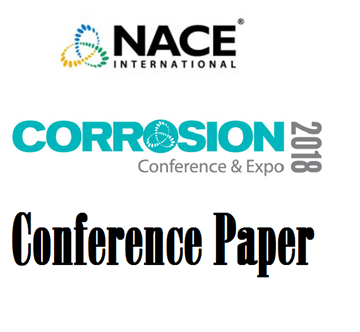Search
08496 The Effect of Metallurgical Factors on SSC of High Strength PIpeline Steel
Also Purchased
51318-10920-High strength steel SSC evaluation in mild sour environments at ambient and high temperatures
Product Number:
51318-10920-SG
Publication Date:
2018
$20.00
01077 IMPROVEMENT OF RESISTANCE TO SSC INITIATION AND PROPAGATION OF HIGH STRENGTH OCTG THROUGH MICROSTRUCTURE AND PRECIPITATION CONTROL
Product Number:
51300-01077-SG
ISBN:
01077 2001 CP
$20.00
08497 A Study of Pressure Limits of Double Q&T P110/Q125 in Low H2S Environments
Product Number:
51300-08497-SG
ISBN:
08497 2008 CP
Publication Date:
2008
$20.00




